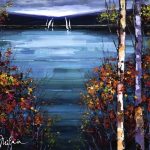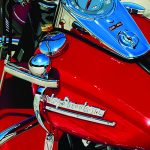West Meets East: How Japanese Woodcuts Inspired an Art Movement
How Japanese Woodcuts Inspired a Western Art Movement
Dutch artist Vincent van Gogh viewed Japan as a paradise where everyone loved art, and wished to replicate this ideal in the south of France.
French artist Claude Monet once explained his artwork to an art critic, stating: “If you insist on forcing me into an affiliation with anyone else for the good of the cause, then compare me with the old Japanese masters; their exquisite taste has always delighted me, and I like the suggestive quality of their aesthetic, which evokes a presence by a shadow and the whole by a part.”
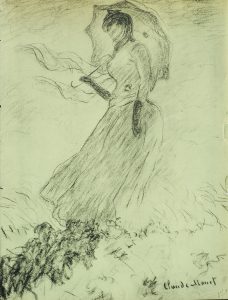
“Jeune Fille a l’Ombrelle” (1887), Claude Monet
Japonisme is a French term referring to the influence of Japanese art on Western art. When Japan reopened their trading ports with the West in 1854, Japanese art objects surged into Europe in extraordinary quantities. Fans, porcelains, woodcuts and screens flooded the area, particularly France and the Netherlands. During the 1860s, these items, particularly the woodcuts, became a source of inspiration to many Impressionist and post-Impressionist artists in the West.
Looking East
United States Navy Commodore Matthew Perry changed the history of Japanese trade after he landed in Edo Bay – now Tokyo Bay – in 1853. American President Millard Fillmore tasked Perry with opening Japanese ports to American trade after a 220-year-old-policy of Japanese restrictions. By 1854, Japanese ports were accessible to the United States and several European countries, unlocking the door to a vast cultural and artistic world that had previously been barred to the West.

Japanese Satsuma pavilion at the World’s Fair of 1867. Photo courtesy of Wikimedia Commons.
The World’s Fair of 1867 in Paris, France brought even more attention to Japanese art. For the first time, Japan presented art to the world in a national pavilion. The works quickly inspired Western artists, fascinated with the alternative forms of expression which opposed their conservative aesthetic.
The Floating World
Known familiarly as ukiyo-e, or “pictures of the floating world,” Japanese woodcuts traditionally portray “worldly pleasures and earthly delights” – a type of escape that illustrated class divisions between Japanese nobles and warriors.
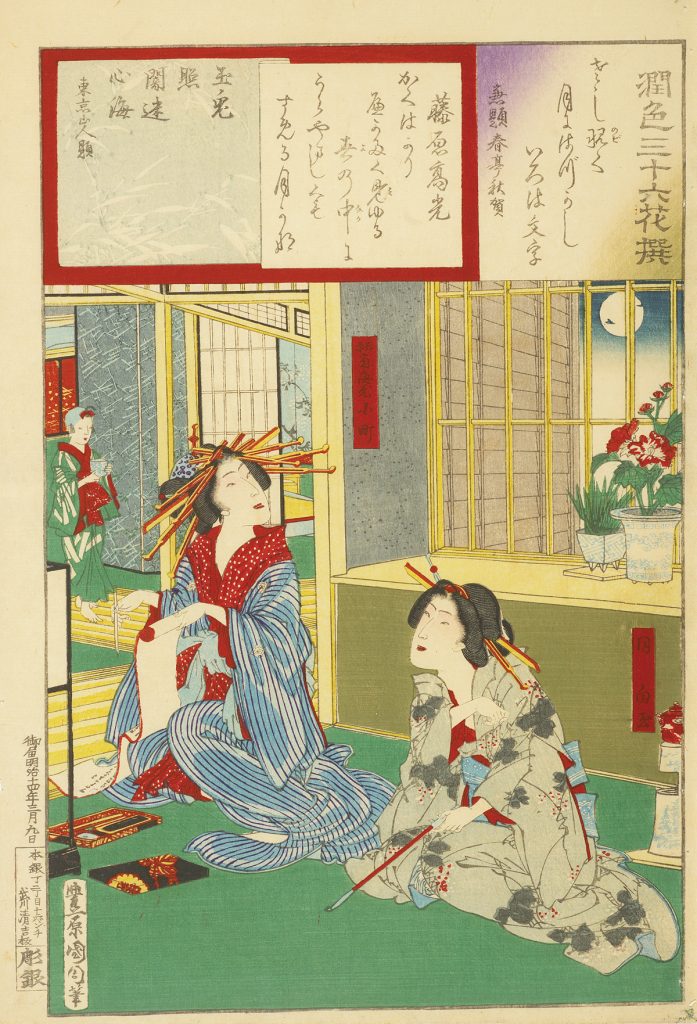
“Bijin” (c. 1870), Kunichika
Historically, many in the warrior class were able to accumulate vast sums of money, sometimes even more than many nobles. But due to strict class definitions, warriors were still seen as second tier citizens. Ukiyo-e emerged as a place controlled and patroned by the warrior class and it became an area where they could revel in their “earthly delights.” Common forms of entertainment depicted were elaborate tea houses and the Kabuki Theater, showing patrons in the company of courtesans and geishas.
New Approaches
When Van Gogh moved to Paris in 1886, he began to explore impressionism and became interested in Japanese ukiyo-e woodcut prints. He even used them to decorate his studio walls. He admired the bold designs and colors while appreciating the elegant and simple lines. Van Gogh began to copy Japanese ukiyo-e artists, adding in new elements and using brighter colors with superior contrasts.
Van Gogh exhibits new techniques of bold composition, black outlines and strong diagonals in “Les Alyscamps” (1888). (Image courtesy of vangoghmusem.nl)
The influence of Japanese woodcuts remained evident in Van Gogh’s works through his strong outlines. His use of black and color contrasts, along with cropped compositions, reflected Japanese culture and tradition.
French artist Edgar Degas embraced the exotic art in a different way. Degas became deeply connected with Japanese sketches, inspired by their linear emphasis, asymmetrical compositions and aerial perspectives. American artist Mary Cassatt, who was considered a pupil of Degas, found new inspiration in depicting women and familial scenes after studying Japanese woodcuts.
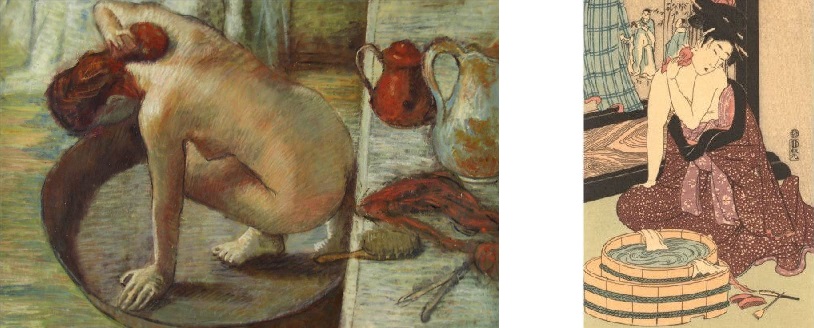
Side-by-side comparison of Edgar Degas’ “The Tub” (1886) and one of the many Japanese woodcuts that he drew inspiration from. (Degas image courtesy of edgar-degas.net)
Other artists inspired by Eastern art form include: Henri de Toulouse-Lautrec, who implemented exaggerated colors, contours and facial expressions found in the Kabuki theater prints; Pierre Bonnard and Édouard Vuillard, who both called themselves “prophets” of a new art style and relied upon the unusual viewpoints of the ukiyo-e printmakers; and Paul Gauguin, who bypassed the current practice of lithography and adopted woodcut techniques after being attracted to the art of the Eastern culture.
Park West proudly offers an impressive collection of 19th-century Japanese Woodcut prints created by more than 25 different talented woodblock artists. The majority of prints in the Park West Japanese woodcuts collection originate from the Edo period.
If you’re interested in collecting Japanese woodcuts, you can attend one of our exciting live online auctions or contact our gallery consultants directly at (866) 751-2364 ext. 4 or sales@parkwestgallery.com.




